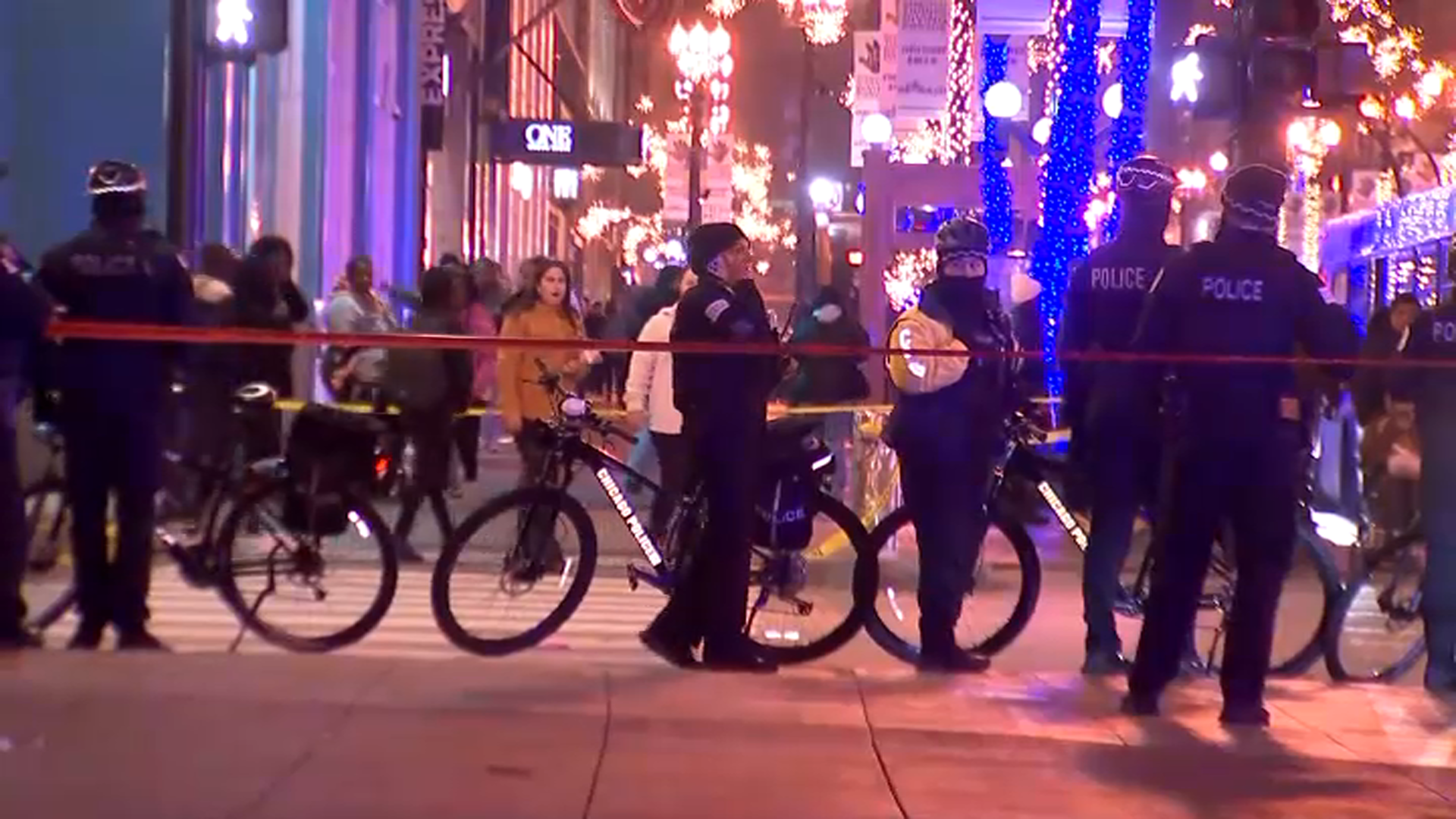The deadly gas explosions which roared through neighborhoods north of Boston Thursday, were eerily reminiscent of a similar disaster which hit Chicago’s River West neighborhood in January of 1992.
On that bitterly cold day, building after building began erupting in flames, with neighbors describing the roof of at least one building being blown sky high. Many residents said they heard the hiss of gas roaring through their homes, just prior to the explosions.
“Some people saved themselves by hearing some strange noises and turning their heaters and stoves off,” homeowner Tim O’Mahony recalled Friday, in front of his surviving building where a plaque commemorates the tragedy. Four people died in the fires, and at least 18 buildings were either damaged or destroyed.
While a formal cause was never determined, federal investigators said the origin of the incident was a People’s Gas vault near Erie and Green, where work was being done when the incident occurred. All that was known for certain is that high pressure gas somehow surged past a system of regulators and valves which were designed to decrease it to the lower pressure which is needed for normal use.
“Forty times the normal pressure of one quarter pound per square inch,” O’Mahany says he was told.
Natural gas, which is the nation’s most abundant fuel, travels long distances under high pressure.
“All these pipelines are designed for this kind of pressure,” says the Illinois Institute of Technology’s Dr. Hamid Arastoopour. “They only adjust it to very low pressure coming into your home.”
Local
Indeed, while the 1992 River West explosions were traced to a common regulator designed to lower the pressure for an entire neighborhood, People’s Gas has dramatically upgraded much of its system to a medium pressure grid, where regulators exist at each building. (Those are the familiar round devices you may see on or near your gas meter).
There has never been a repeat of the Chicago tragedy. The company’s David Lazzaro told NBC5 that roughly 2800 miles of People’s system has been converted to that medium pressure (22 psi) standard. And technology has advanced radically since the 1992 incident, with other safeguards instituted to automatically shut off gas in some areas if surging pressure is detected.
The company said it is working to complete a total upgrade by 2033.
In the meantime, investigators are still trying to determine what happened in Massachusetts. Congressman Seth Moulton tweeted Thursday night that he had spoken with one federal official who told him the blasts sounded “exactly like” the 1992 incident in Chicago.
“It could be human error,” Dr. Arastoopour told NBC 5. “Or it could be that some of the pipes are not really new---that they are very, very, old.”
The formal investigation is in the hands of the National Transportation Safety Board, which has responsibility for all pipeline incidents.



